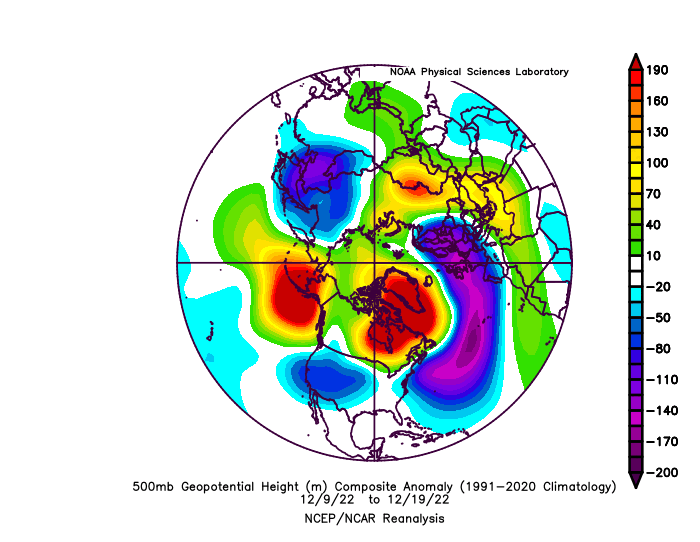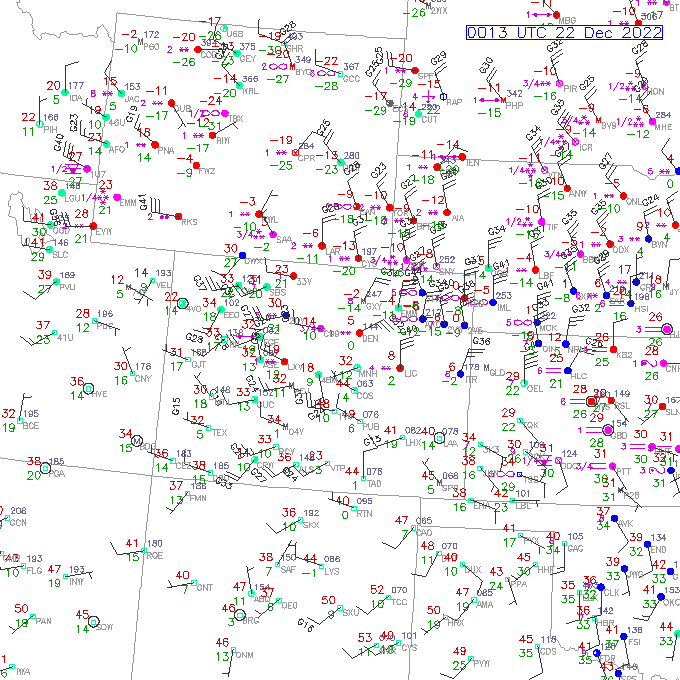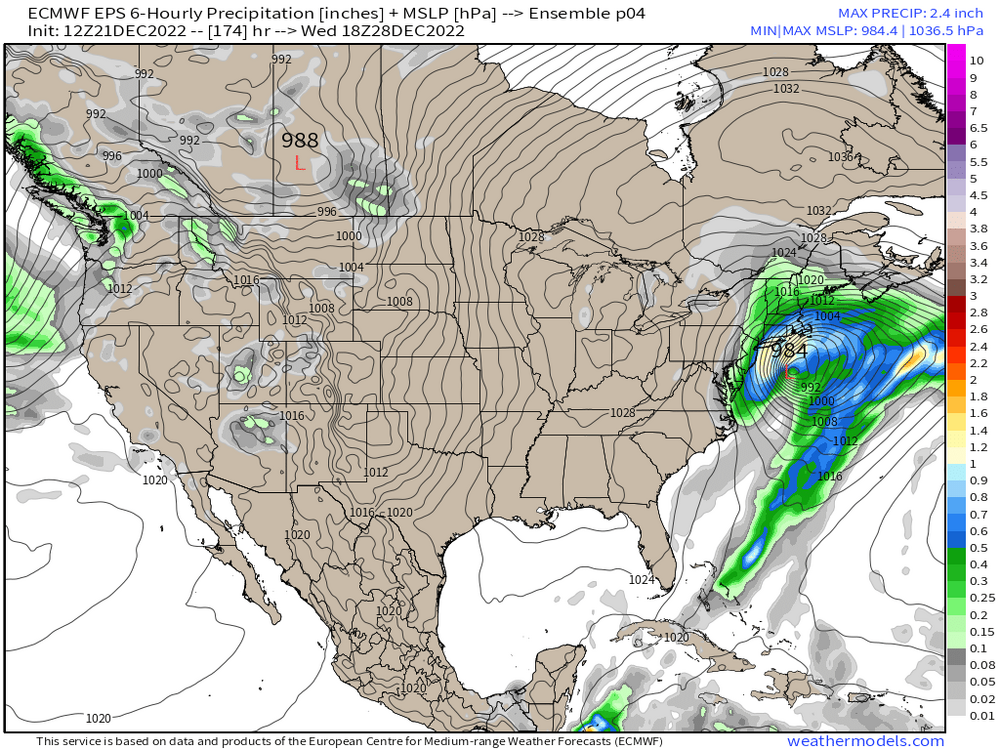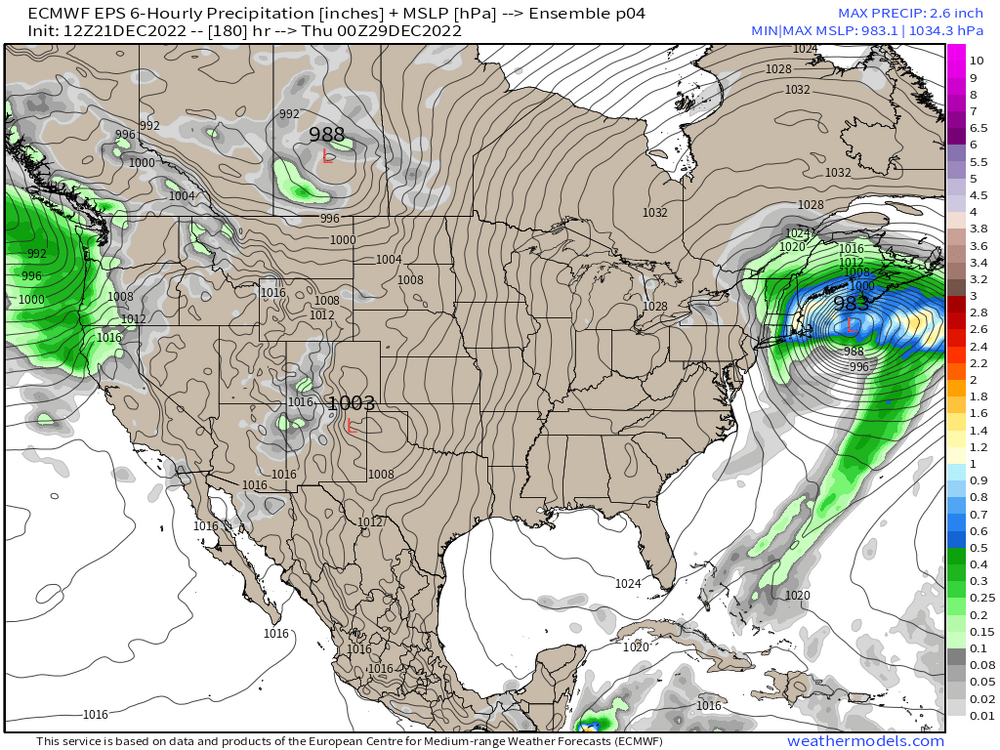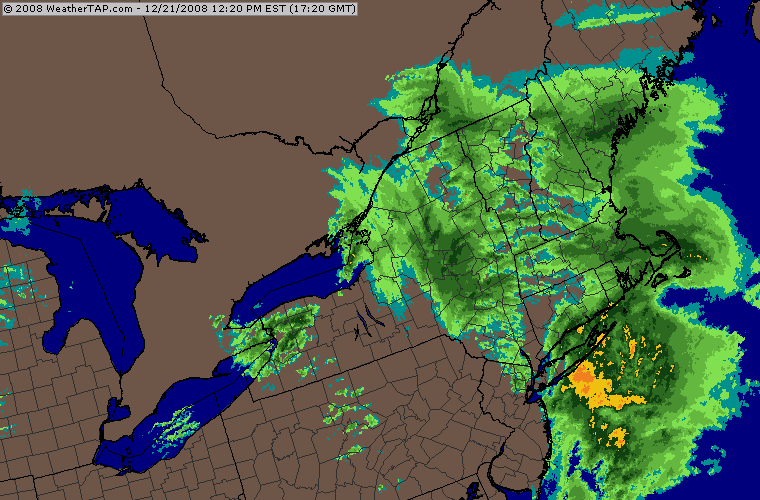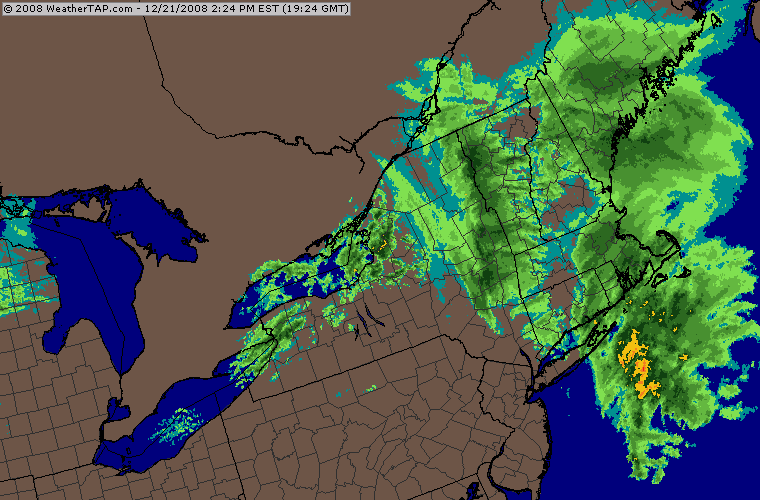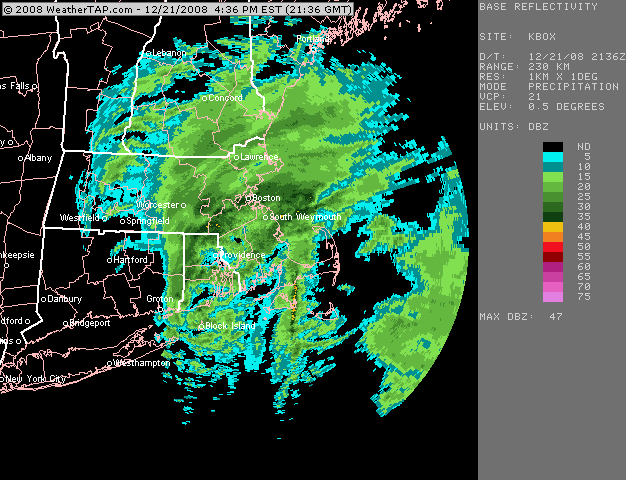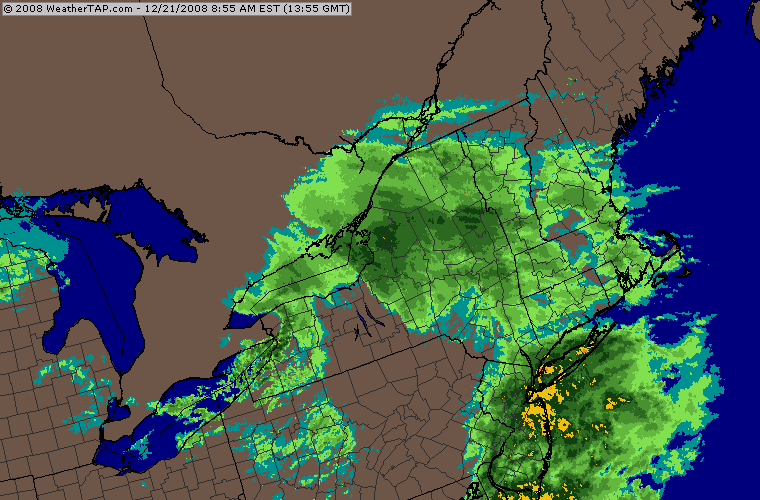-
Posts
90,953 -
Joined
-
Last visited
Content Type
Profiles
Blogs
Forums
American Weather
Media Demo
Store
Gallery
Everything posted by ORH_wxman
-
He feels the need to emphasize what's been said like 800 times....it's a longshot. But it's the Tblizz M.O......keep b*tching and whining until one hits you with the jackpot.
-
"The previous failure does not predict the future" is a good way to look at things.
-
Dec 30ish through Jan 5 is prob just a week-long furnace with nothing interesting. Things might get ok after that though as we see AK pig retrograding to Aleutians.
-
We basically had one on 12/11. But yeah, there's been a dearth recently. We had several in the 2018-2019 winter....those were kind of fun. I remember we had back to back clippers in late Feb that winter...first one was like 4" and then another 2-3".....refreshing the landscape.
-
He also just posted a DJF composite for phase 7.....there is nothing specific in his composite that tells us it was during negative ENSO and it doesn't single out January.
-
Maybe...but the last time we were in a deep -PDO was 2007-2013 and we were making naked snow angels with SWFEs being passed out like halloween candy. I know the impulse is to need a scapegoat that is larger than just nuances.....such as "there is just something larger I cannot see or put my finger on, but I'm convinced it's there and we need to get rid of it"......but when we're grasping at not-fully-empirical phantoms like that, sometimes it means we actually just succumbed to some misfortune just as we were fortunate in some previous periods. We want further explanation when sometime it doesn't require it. Now, being the skeptic that I am on many things....I can't prove there isn't some nefarious "Screw SNE" underlying demon lurking in the Pacific that only a robust El Nino can flush away.....but I'd want to see how it works before being convinced it's there. Missing a firehose snowstorm by 1-2C on 12/16.....getting some weird exotic phase on 1/17 last winter to cost us a legit KU event, etc, etc. We can go on and on, but a lot of our misses don't seem to be the result of large scale underlying mechanics.
-
Given the previous 2 El Ninos sucked donkey balls....I'm not convinced it's the answer. Sometimes you just whiff on a decent pattern. Surprised we only got the minor 12/11 event out of this, but that's the way it goes sometimes. We've gotten blasted on worse looks
-
Blizzard is not a good word to use to describe a storm threat unless there is ample evidence that blizzard conditions are likely. Not every coastal nor Easter is a blizzard.
-
End of EPS didn't look terrible, but it will prob take some time to get true cold into the source region again. That said, we can snow with good synoptics even in a stale airmass in early January....and a ridge centered over Utah/Idaho/Alberta always carries some potential.
-
Yeah this is the view I'm taking on this. Unlikely to occur, but there's enough potential that keep half an eye on it and see if the ridge improves a bit or the spacing between the main shortwave and the PV.
-
You can see the ridge getting the top sliced off of it out west.....if we had that more amped, then we'd prob see a decent coastal system out of that trough....with the potential to phase in some of that PV energy.
-
Euro is still semi-interesting. Enough to not pull the life-support plug yet. But it's still a long shot.
-
Never sniffed 60 in Jan 2015....some spots may have touched low 50s in the two cutters (1/3 and 1/18) but otherwise it was pretty cold all month. That was part of the frustration in the first 3 weeks of that month....it was quite cold except the two main storm systems were both awful cutters, so we got little snow (just a bit on the front end in the 1.3 system)
-
14 years ago today.....crazy coastal front where Ray played naked twister with it and jackpotted. It was a late blooming system right on the heels of the 12/19-20/08 event.
-
GFS really isn't close to anything this run. There's just too much wave spacing issues between the PV and the shortwave
-
This one is def a long shot at the moment. There isn't a whole lot to analyze on this...it's kind of just hoping the PV lobe allows the shortwave behind it to amplify, and a better western ridge may help with that. So it's basically a game of "if it improves over the next couple runs, we have a shot, otherwise likely fish food"
-
Tropical forcing is migrating east in early January, so we'll have to see if guidance continues to show that. If it does, I'd expect some improvements on the ensembles post-New Years.
-
GFS looked worse but Euro was pretty close to something last night. We We'll see what happens today.
-
Nobody east of ORH got screwed but it was more “did you get 25” or 35”?” You’re current area was in that band that produced 30”+ totals.
-
We did have a string of solid Decembers in the 2000s. Seems like there were only two true duds that decade (2001 and 2006)….all other Decembers had either big snow totals or at least one notable decent storm. We def paid back the piper recently for that good decade of Decembers. Seems like the 2010s have been bigger Februarys and Marches which were lacking a bit in the 2000s (esp post-2005)….2012-2013 kind of started the era of big Feb/Mar totals that were lacking for a while.






